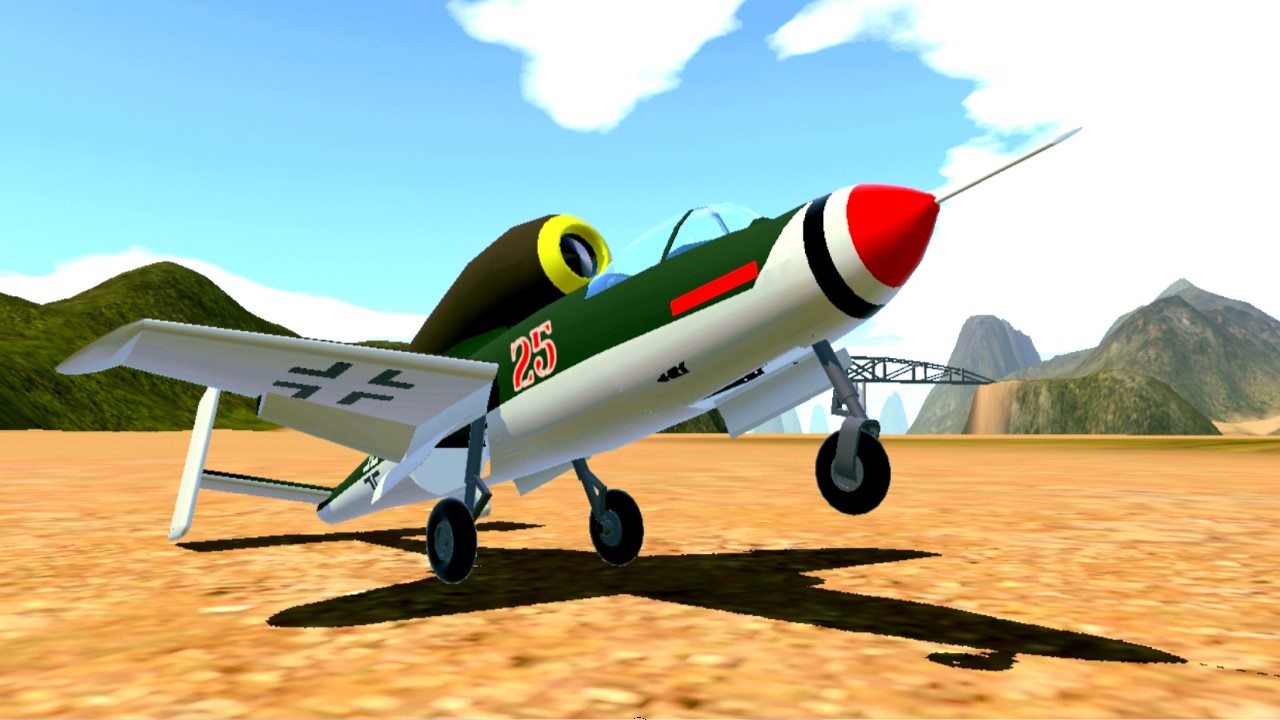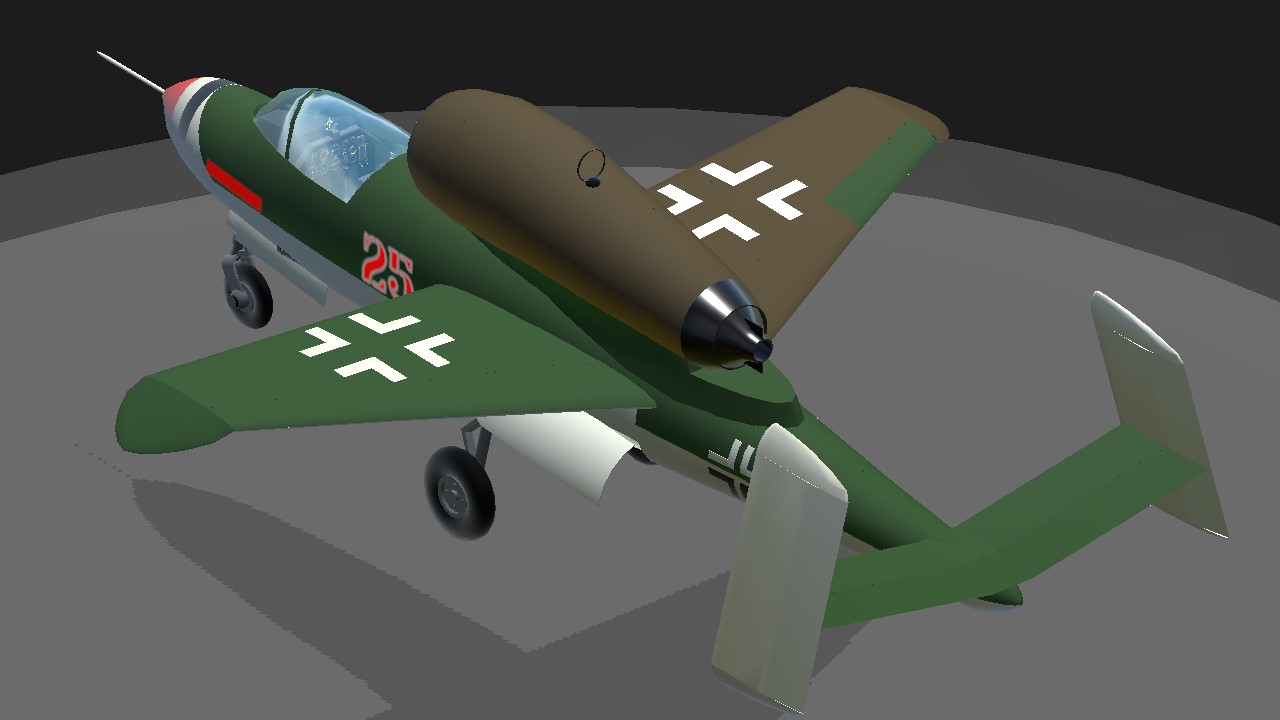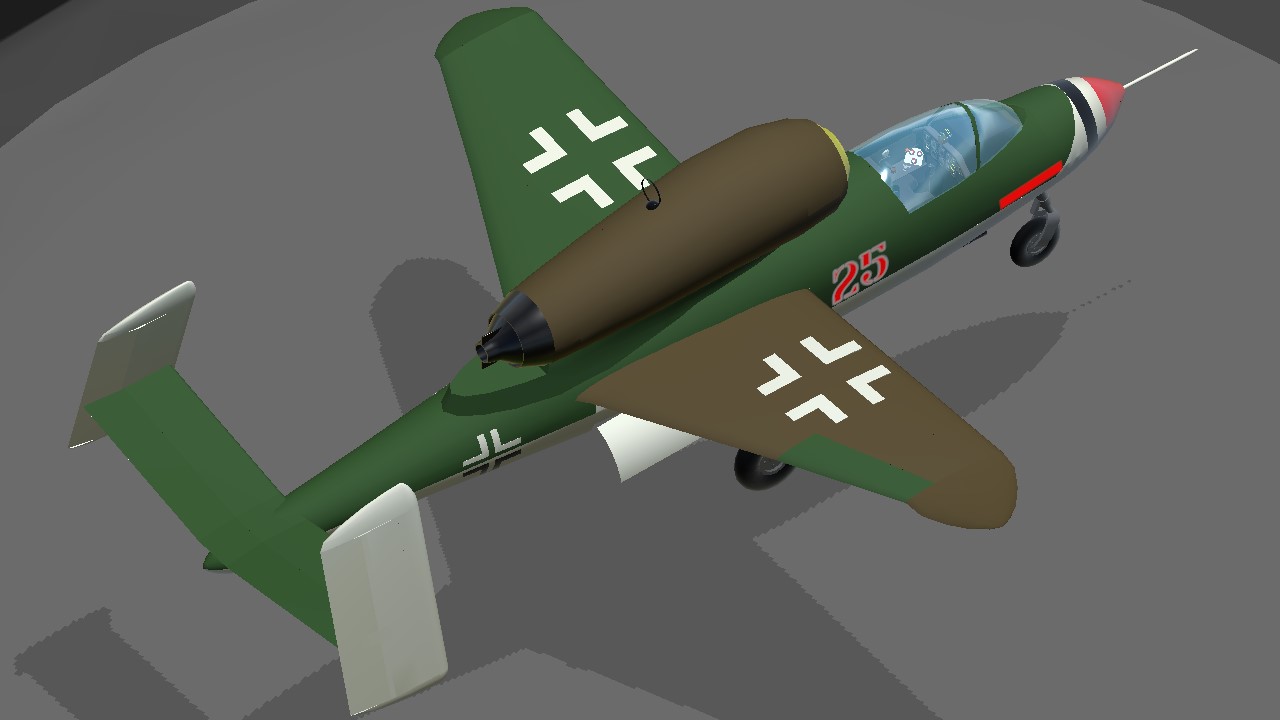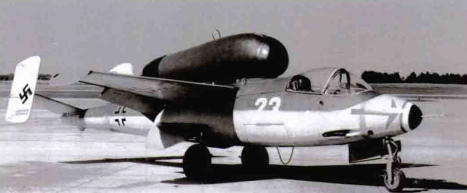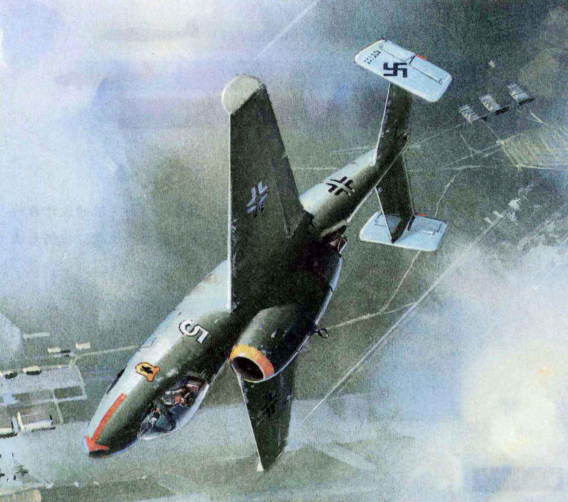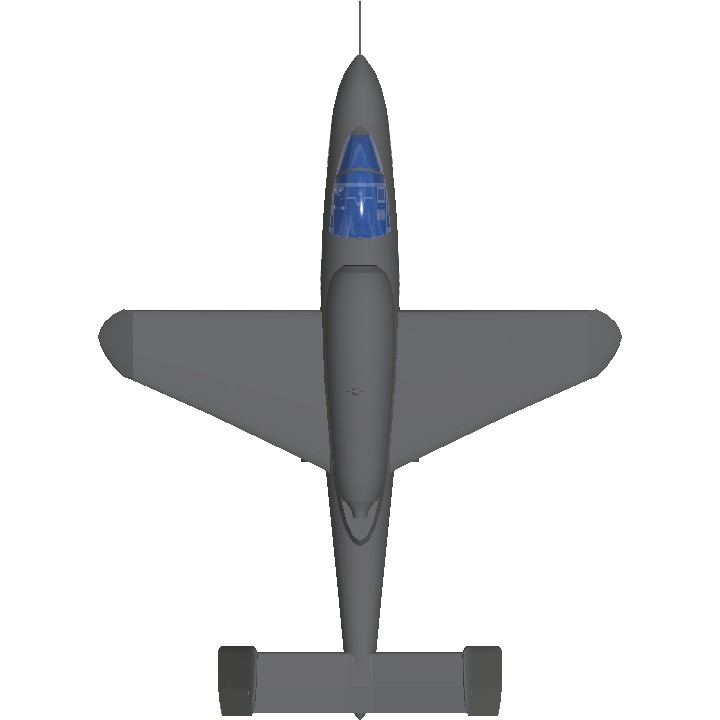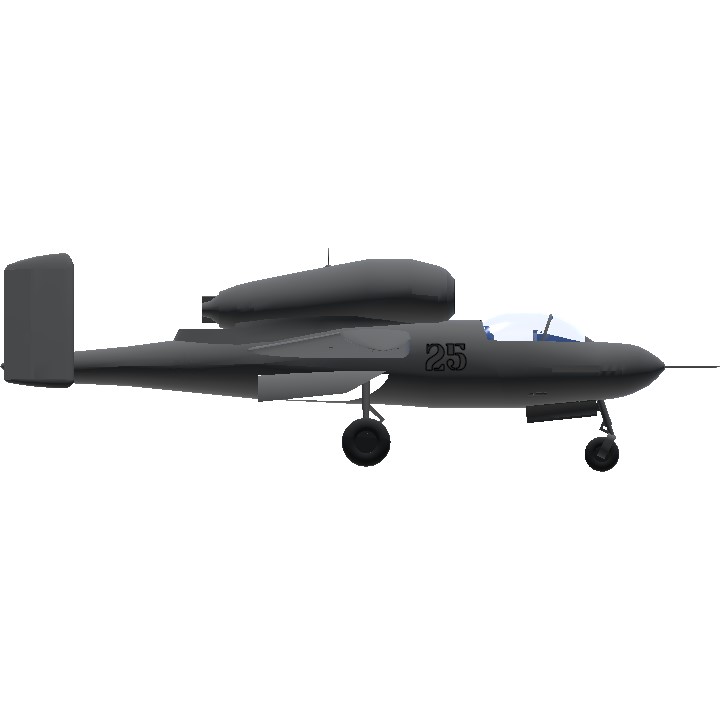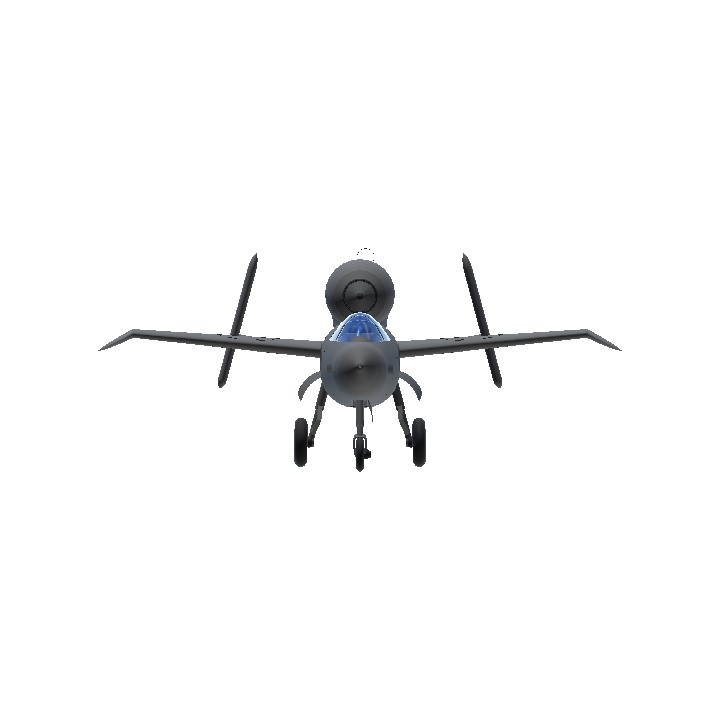PICTURES: 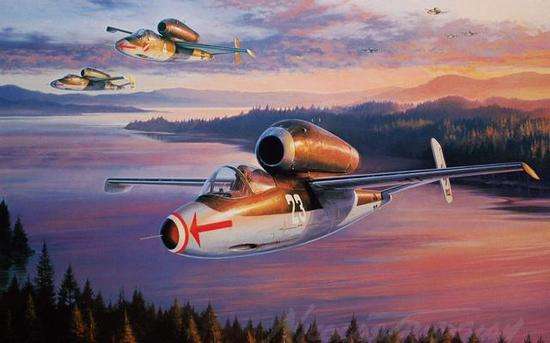
HISTORY :
In March 1944, the Ministry of air force issued a tender notice to six aircraft manufacturers. The most serious requirement is that mass production must begin in January 1945. Kurk, the famous aircraft designer Tank and messerchmitt believed that this was simply impractical. They withdrew from the bidding at the beginning. Goering also strongly opposed the plan and believed that it was important to focus on the production of me262 at that time. However, other manufacturers still bid, and finally he162 (salamander) won the bid.
According to the plan, many German aircraft manufacturers will switch to the aircraft. Some factories are responsible for final assembly; Some factories are responsible for manufacturing the fuselage of metal structure; The large and small parts of the aircraft are manufactured by small and medium-sized machinery factories all over Germany; Wooden components (wings, vertical tails) are manufactured by furniture manufacturers. The final monthly production will reach 4000.
He 162 fighter is the second mass-produced jet fighter in Germany during World War II. It is expected to be mass-produced with simple design and cooperate with pilots with low flight training time to intercept American bomber groups. Therefore, it has the nickname of national fighter and participated in the "fire Wizard" program.
The first prototype he 162 V1 is expected to test fly before the end of December 1944, while the first batch of 1000 will be completed in April 1945, and the monthly output will be increased to 2000 in May of the same year. On March 26, 1945, a he 162 piloted by pilot Gerhard encountered a single British Typhoon fighter, but failed to shoot it down due to rudder failure.
The aircraft has the advantages of light weight, simple structure and small size. The fuselage is a steel pipe frame covered with aluminum; Here, the Germans used the spirit of saving to the limit. The wings are divided by the tip of the reverse wing at 55 degrees, which are all wooden structures, and the vertical tail and horizontal tail are also wooden structures; The nose is of plywood structure. So as to save more and more precious metal resources under Allied bombing. However, it was equipped with a rare ejection seat at that time to avoid the engine air inlet and escape. The front three-point landing gear was adopted,
On December 6, 1944, the prototype he126v1 test flew. On December 10, the plane crashed during the flight performance, and the plane was destroyed and people were killed. In addition to the quality of the glue used in the wooden structure, which makes the aircraft structure fragile, the aircraft also has the following problems: the design is in a short warehouse, the gap between the engine nacelle and the fuselage is narrow, and the tail is seriously disturbed by the lack of rectification; In high-speed flight, the tail often appears elusive swing; When the left sudden turn overload exceeds 4G, the aircraft falls into a serious instability state. Therefore, the "fire monster" is worthy of its name. It is impossible for it to be driven by "national pilots" as Nazi officials imagined. Even those old pilots who fly the aircraft must also operate the aircraft in accordance with the provisions of the flight manual: "flight control actions must be gentle and consistent, and do not be rough and sudden". It is conceivable that such aircraft must have poor air combat entanglement performance.
Despite these problems, the German Air Force announced that the aircraft was "the most priority type of production" and began formal production in January 1945. In just a few months to the end of the war, a number of aircraft models were developed; He162a-1, equipped with two mk108 30mm mechanism guns, he162a-2, equipped with two mk151 20mm mechanism guns, he162s unpowered trainer glider, he162b suicide aircraft equipped with pulse jet engine, he162c swept wing modification and he162d swept wing modification.
He162a-2 is actually equipped with the troops. On February 6, 1945, the first battalion of the first regiment was first equipped, and on April 14, the second battalion of lake base was transferred and then changed. Jv44 flight regiment was joined by the 162nd flight team of test flight he162 and stationed in Salzburg. The three units were required by the German air force command not to go to war without authorization because their actual combat training did not meet the qualified standards. The period of participation in the war was very short since the war began on April 30. On May 3, the jv44 flight regiment surrendered to the US Army. On May 8, the first brigade surrendered to the British army. During this period, only two successes were achieved. 60% of the 50 he162 captured at Lake base are available.
Specifications
Spotlights
- This craft is curated
General Characteristics
- Predecessor He-162 Salamander
- Created On Android
- Wingspan 24.5ft (7.5m)
- Length 33.7ft (10.3m)
- Height 10.4ft (3.2m)
- Empty Weight N/A
- Loaded Weight 9,069lbs (4,113kg)
Performance
- Power/Weight Ratio 37.924
- Wing Loading 19.8lbs/ft2 (96.5kg/m2)
- Wing Area 458.7ft2 (42.6m2)
- Drag Points 8975
Parts
- Number of Parts 308
- Control Surfaces 0
- Performance Cost 1,462

